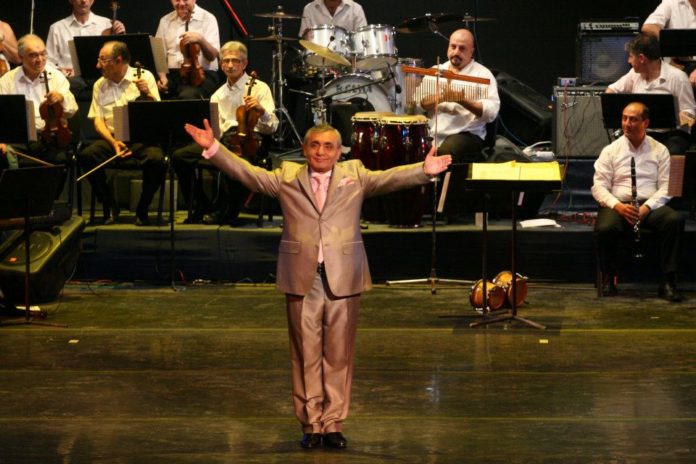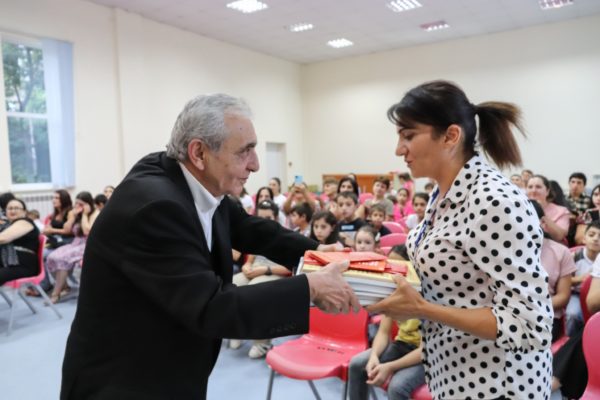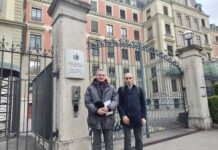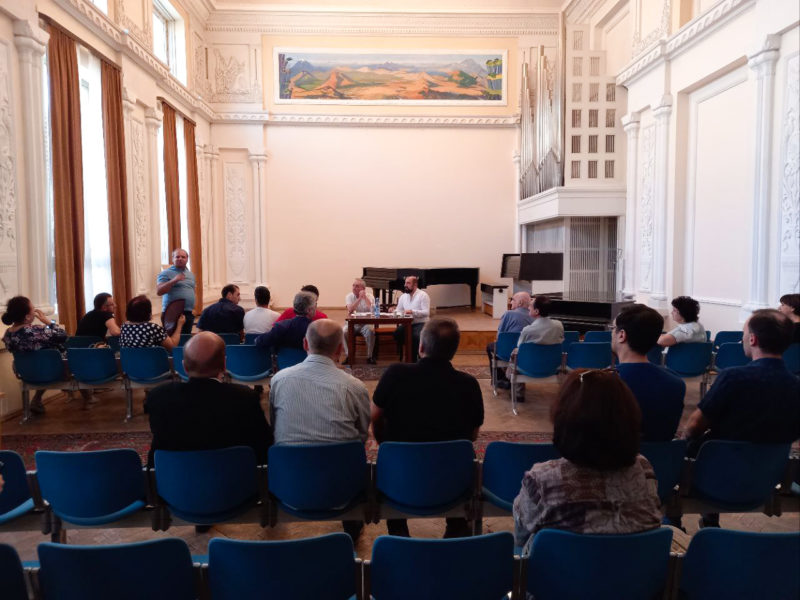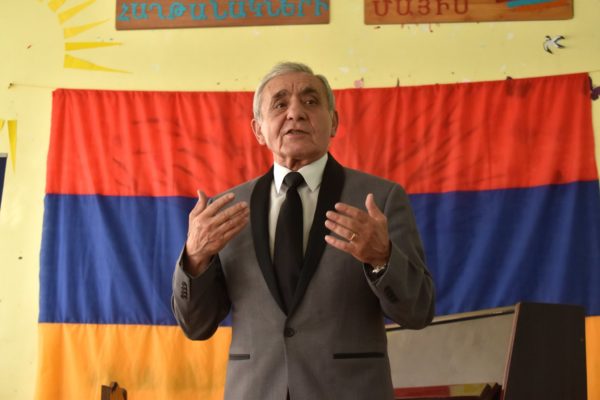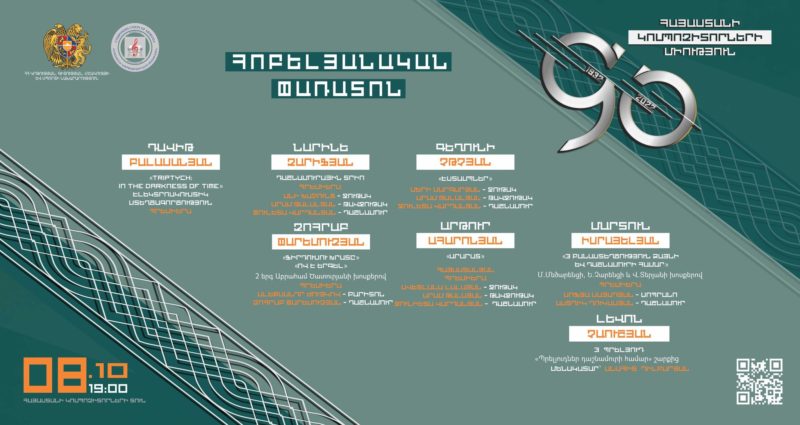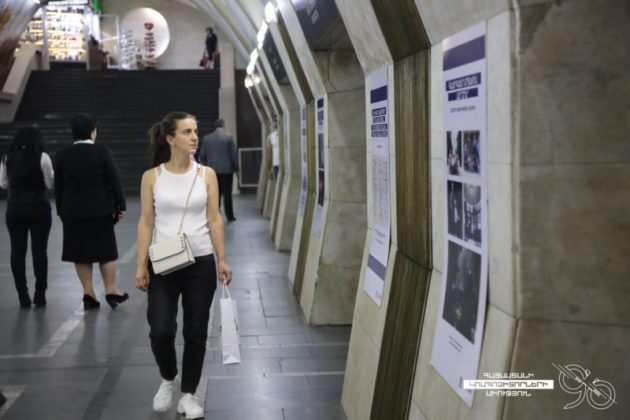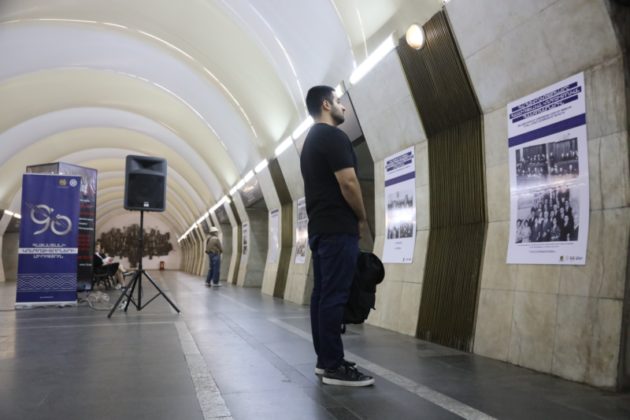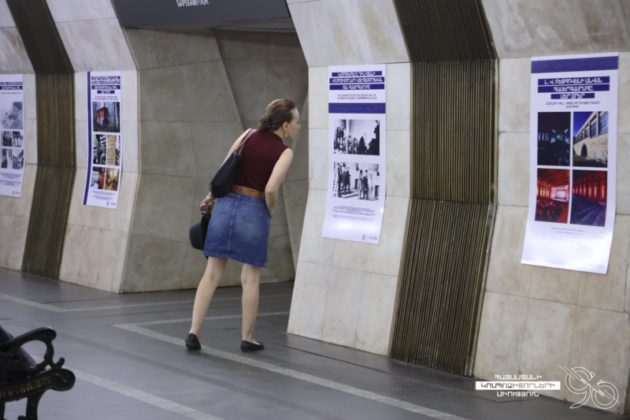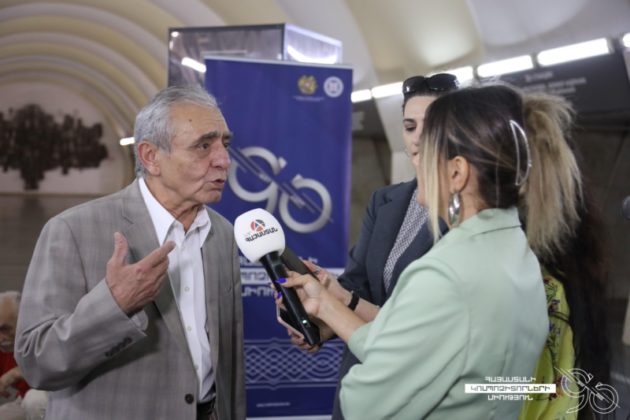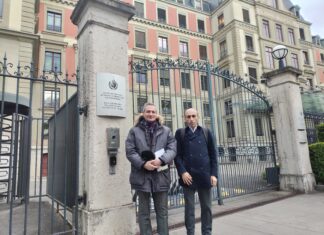WATERTOWN — Composer Aram Satyan is reaching the end of the second term of his presidency of the Composers Union of Armenia. First elected in October 2013, and reelected in 2017 for a five-year term, he discussed some of his major achievements and the current state of the union.
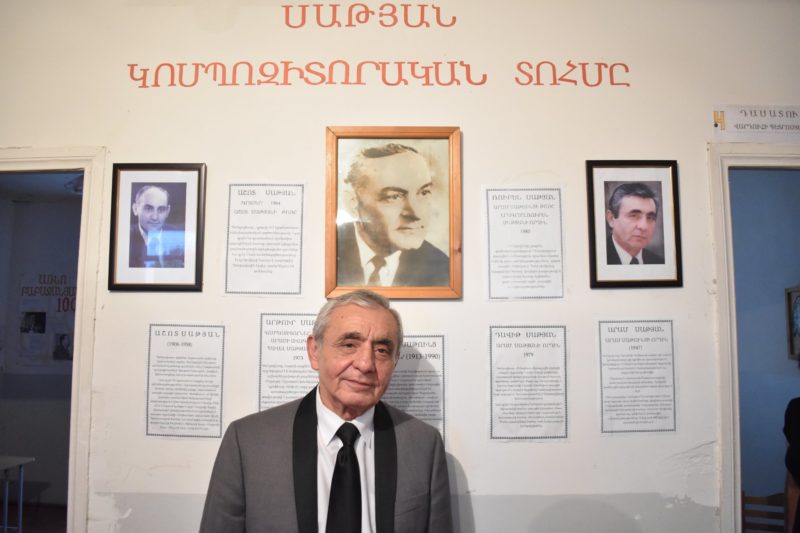
This was prefaced with a discussion of the use of the loanword composer in Armenian, kompozitor, used in the name of the union. Satyan explained that there was no appropriate word in Armenian covering all its meanings. There are words like yergahan (songwriter) which are too narrow in meaning — “We cannot call Beethoven a songwriter, for example!” he exclaimed, and others like steghtzagortsogh (creator) that are too broad because they apply to many fields. Instead, he said, “The word composer is used throughout the world, and I think it is not possible to translate it. If the whole world uses this word, why should we not use it too? Many nations use words taken from other languages and thus enrich their own language. With the word kompozitor we thus enrich our language.”
The union was founded in 1932 to promote the compositions and scholarly musicological works of its members and the international knowledge of Armenian music and musicology.
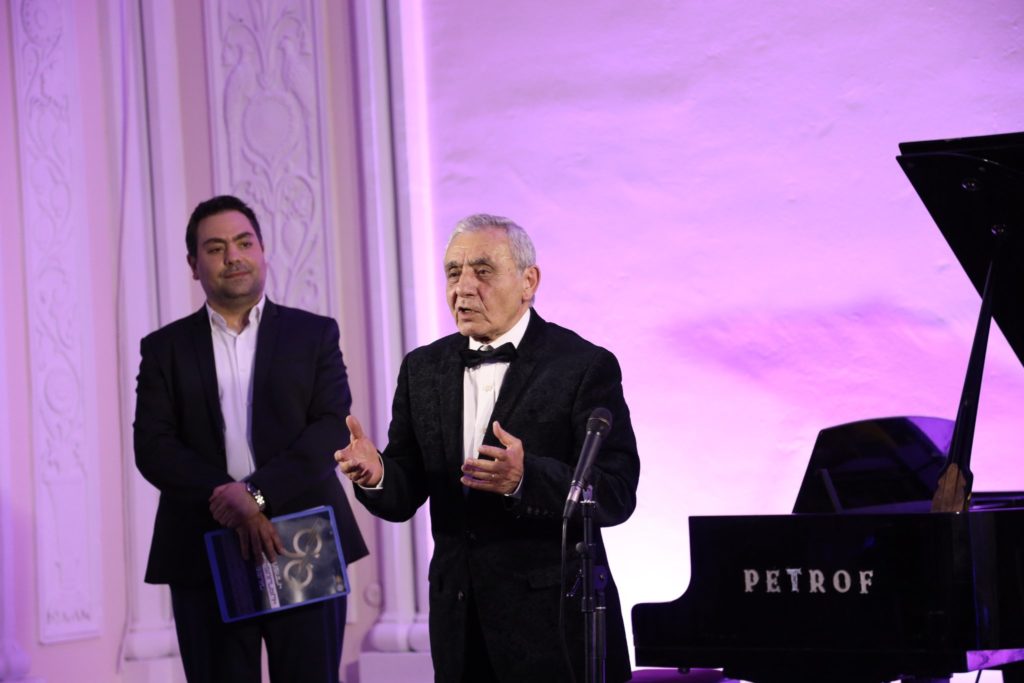
Supporting the Membership
The membership of the union, professional musicians and musicologists, has remained stable in recent years at approximately 140 members, of whom 25-30 percent live outside of Armenia. There are five active branches or sections, which specialize in different types of music: folk, jazz and pop, classical chamber and symphonic, choral, and children’s. Each branch has its own leader and committees which select compositions.
The largest branch is the one devoted to classical music. The children or young people’s branch has printed three collections of children’s songs, which then are performed by choirs and groups on television and radio. “We do this so that in a short period of time children will be exposed to and begin to like Armenian music,” Satyan said.
There is also the Young Composers Forum of the Composers Union, reorganized in 2018. It recently has presented two concerts of its members’ compositions, including a performance of chamber music compositions by young composers in the Aram Khachaturian Museum in Yerevan.



